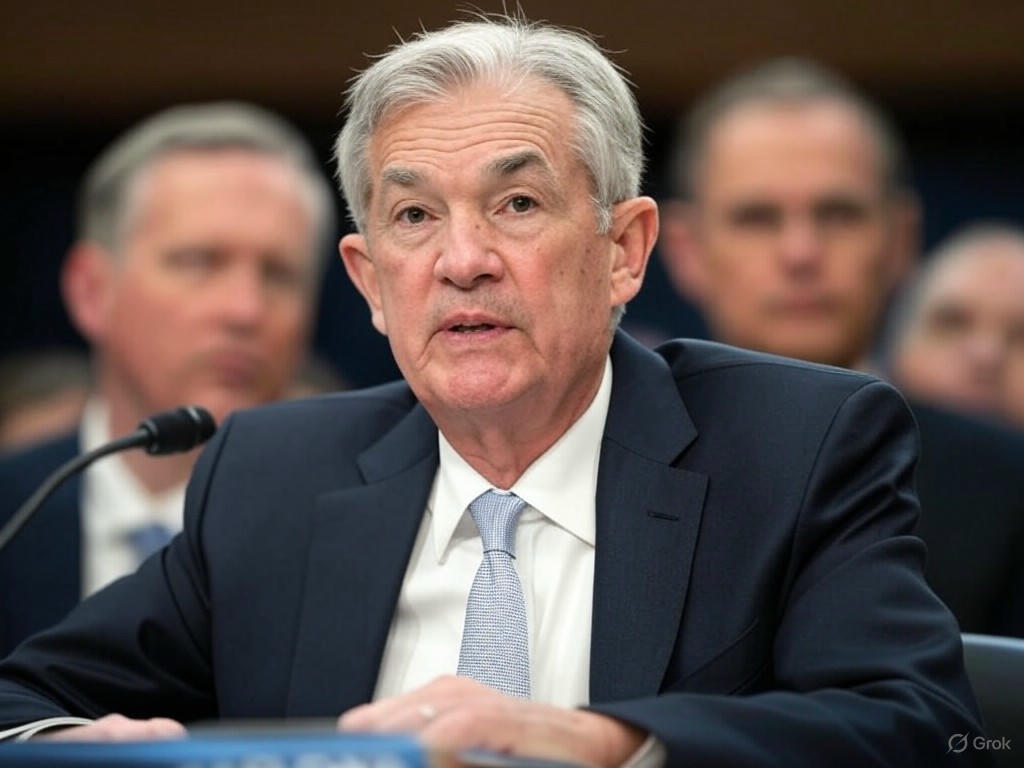Federal Reserve Under Pressure: Interest Rates in the Spotlight
As the financial world braces for the upcoming Federal Open Market Committee (FOMC) decision, tension is mounting over the direction of long-term interest rates. The Federal Reserve, led by Chair Jerome Powell, finds itself at a crossroads, with mounting pressure from the White House to ease monetary policy. This week’s meeting is poised to deliver a pivotal message on whether the central bank will maintain its current stance or pivot toward rate cuts to stimulate economic growth.
The urgency for a decision comes amidst a backdrop of economic uncertainty. Inflation remains a persistent concern, though recent data suggests it may be cooling. At the same time, sluggish job growth and consumer spending have fueled calls for lower interest rates to encourage borrowing and investment. The White House has been vocal in its criticism of the Fed’s cautious approach, urging Powell to act swiftly to prevent a potential slowdown. This public clash between political leadership and the independent central bank underscores the high stakes of the FOMC’s forthcoming announcement. Analysts are keenly watching for any hints in the Fed’s language that could signal a shift in policy over the coming months.
Beyond the immediate decision, the Fed’s broader strategy on long-term interest rates is under scrutiny. Maintaining higher rates could help temper inflation but risks stifling economic expansion, especially in sectors like housing and small business lending, which are highly sensitive to borrowing costs. On the other hand, slashing rates too soon might reignite inflationary pressures, undoing years of effort to stabilize prices. Powell has repeatedly emphasized the importance of data-driven decisions, but the balancing act is becoming increasingly delicate. Market participants are parsing every word from Fed officials, looking for clues about the trajectory of rates well into the future. Some speculate that the central bank might opt for a middle ground, signaling a gradual easing while keeping a firm grip on inflation expectations.
The implications of this week’s FOMC meeting extend far beyond Wall Street. For everyday Americans, the outcome could influence everything from mortgage rates to the cost of car loans and credit card debt. Businesses, too, are on edge, as borrowing costs directly impact expansion plans and hiring decisions. With global economic headwinds adding another layer of complexity, the Fed’s message will likely reverberate across international markets, affecting currency values and trade dynamics.
As the decision day approaches, all eyes are on Jerome Powell and his team. Will they bow to political pressure and cut rates, or will they hold firm in their fight against inflation? Whatever the outcome, the Federal Reserve’s stance on long-term interest rates will shape the economic landscape for months, if not years, to come. Investors, policymakers, and citizens alike await a statement that could either calm the waters or stir further uncertainty in an already turbulent financial climate.


